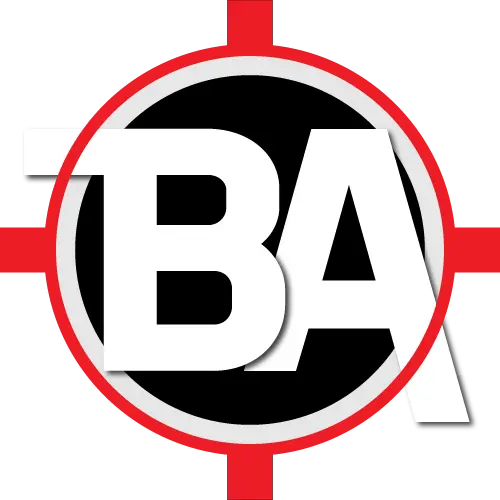
This article explains what is a requirement in business analysis (definition of requirement) and the types of requirements or classification of requirements.
What is a Requirement in Business Analysis? #
A requirement is:
-
A condition or capability needed by a stakeholder to solve a problem or achieve an objective.
- Example: Develop a new feature that automatically sends out an email message to all existing customers every week about the new launches or updates to existing products.
-
A condition or capability that must be met or possessed by a solution or solution component to satisfy a contract, standard, specification, or other formally imposed documents.
- Example: As implied by the Reserve Bank directive, it’s required to implement multi factor authentication to all the online banking platforms within 6 months to comply with the regulatory requirement.
-
A documented representation of a condition or capability as in (1) or (2).
- Example: All the vendors selling on the marketplace must provide their tax information by filling out the W-9 form as specified by the Tax authority of United States.
As implied by this definition, a requirement may be unstated, implied by or derived from other requires, or directly stated and managed.
One of the key objectives of business analysis is to ensure that requirements are visible to and understood by all stakeholders.
Requirements Classification Scheme #
It is important for a Business Analyst to understand the different types of requirements in order to elicit and analyze them using the suitable techniques.
The requirements can be classified into the following 4 categories.
In other words, there are 4 types of software requirements.
-
Business Requirements
- They are higher-level statements of the goals, objectives, or needs of the enterprise.
- They describe the reasons why a project has been initiated, the objectives that the project will achieve, and the metrics that will be used to measure its success.
- Business requirements describe needs of the organization as a whole, and not groups or stakeholders within it.
- They are developed and defined through enterprise analysis.
- Example: Develop a mobile application for personal banking clients.
-
Stakeholder Requirements
- They are statements of the needs of a particular stakeholder or class of stakeholders.
- They describe the needs that a given stakeholder has and how that stakeholder will interact with a solution.
- Stakeholder requirements serve as a bridge between business requirements and the various classes of solution requirements.
- They are developed and defined through requirements analysis.
- Example: For the above mentioned business requirement, a few stakeholders may need certain specific features of their interest like there should be a report generated from system every month which should list all newly registered users of the mobile app and this report should be delivered to certain mailboxes automatically.
-
Solution Requirements
- They describe the characteristics of a solution that meet business requirements and stakeholder requirements.
- They are developed and defined through requirements analysis.
- They are frequently divided into sub-categories, particularly when the requirements describe a software solution:
- Functional Requirements - describe the behavior and information that the solution will manage. They describe capabilities the system will be able to perform in terms of behaviors or operations—specific information technology application actions or responses.
- Example: For a mobile app, all requirements related to UI/UX and user interaction to achieve certain functionality are considered as functional requirements.
- Non-functional Requirements capture conditions that do not directly relate to the behavior or functionality of the solution, but rather describe environmental conditions under which the solution must remain effective or qualities that the systems must have. They are also known as quality or supplementary requirements. These can include requirements related to capacity, speed, security, availability and the information architecture and presentation of the user interface.
- Example: For a mobile app, all user must login using 2FA (Two Factor authentication) method. This is a security requirement.
-
Transition Requirements
- They describe capabilities that the solution must have in order to facilitate transition from the current state of the enterprise to a desired future state, but that will not be needed once that transition is complete.
- They are differentiated from other requirements types because they are always temporary in nature and because they cannot be developed until both an existing and new solution are defined. They typically cover data conversion from existing systems, skill gaps that must be addressed, and other related changes to reach the desired future state.
- They are developed and defined through solution assessment and validation
- Example: Migration of certain applications from On-premise infrastructure to Cloud infrastructure i.e. Cloud adoption.

